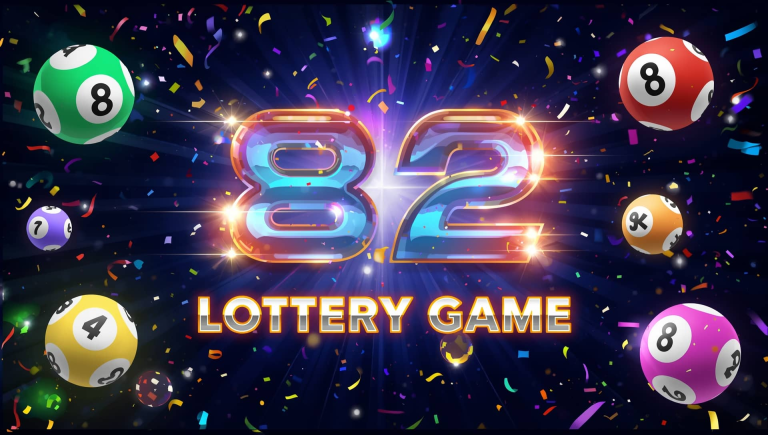Personalization in gaming apps – how recommendation systems actually improve the experience

Good suggestions feel invisible. A lobby opens, and the right tiles are already near the thumb. No scavenger hunt. No second-guessing. That’s the promise of modern personalization in gaming apps – less friction, more time in experiences that match taste, skills, and mood.
The best systems do more than rank what’s popular. They learn the player’s tempo, session length, and risk comfort, then surface options that fit the next twenty minutes rather than some ideal weekend. During live windows, a focused route into real-time listings – for example, scanning ongoing fixtures through desi betting – lets the engine combine personal history with what’s happening now, so timing and taste meet on the same screen.
What signals power smart suggestions
Quality recommendations come from a handful of reliable clues rather than a mountain of shaky assumptions. Systems watch for patterns that are stable over weeks, not just spikes from a single night.
- Session shape. Typical start time, average duration, and preferred breaks between sessions.
- Format mix. Modes played repeatedly vs. sampled once.
- Stake rhythm. Usual size range and how it changes across the session.
- Outcome tolerance. Willingness to try again after narrow losses vs. preference for steady returns.
- Device context. Phone vs. tablet, on-the-go vs. at home, portrait vs. landscape.
- Live context. What’s active right now that aligns with the above?
These signals are simple, yet they hold up. They help the app recommend something that matches attention, which is why play feels smoother when suggestions click.
Cold starts without confusion
First-time users need relevance before the system has a history. Smart onboarding solves this with a light touch. It asks two or three preference questions, then blends those answers with safe defaults and a quick, skippable demo to probe pace. Early picks should be low-friction and easy to exit. Each successful interaction teaches the engine more than a long survey ever could.
Crucially, day-one recommendations should clearly explain benefits in straightforward terms. Short labels – “Quick, 5–8 minutes” or “Steady returns, moderate pace” – set expectations and reduce misses. As the model learns, those labels can fade while the ranking grows more confident. The result is confidence for the user and cleaner signals for the system.
Exploration that respects time
Great engines balance two goals – show what is loved, and try what might be loved next. Too much repetition stalls discovery. Too much novelty feels random. The fix is controlled exploration that respects the player’s calendar. During short weeknight windows, recommendations tend to favor familiar picks within the usual stake band. On quiet weekends, the system rotates in a small number of new options with clear tags – “Similar feel” or “Shorter match” – so curiosity has guardrails.
This approach cuts the risk of the so-called “bubble” effect. It also keeps energy high, because new suggestions arrive at the right moments rather than interrupting a busy evening. Done well, exploration becomes a feature the user notices only as “the app gets me.”
Transparency, control, and privacy that earn trust
Personalization works best when the user understands why a tile appears and can tune the dials. Trust grows when controls are visible and plain.
Explain the “why.” A small “Because you play short sessions at night” note under a tile is enough. It turns a guess into a conversation the player can steer.
Give simple levers. Mute a category. Pin a favorite. Ask for more picks at a similar pace. These actions update the profile instantly and reduce future misses.
Make data respect obvious. Show what signals are used and what isn’t. Keep exports and deletion tools one tap away. Request permissions in context – camera only for document scans, notifications only for event reminders – with a “Not now” path that does not punish the choice. Clear boundaries make tailored suggestions feel like a service, not surveillance.
Measuring quality without killing the vibe
Click-through is easy to track, yet it’s only part of the story. Strong teams judge recommendation quality with outcome-level measures that mirror real life.
- Time-to-fun. Taps from open to first meaningful action.
- Session steadiness. Fewer abrupt exits after a suggested pick.
- Return visits. More day-two and week-two sessions from users who follow suggestions.
- Range with relevance. New modes were tried without spikes in early abandonment.
- Support load. Fewer tickets are tied to confusion after recommended selections.
These north stars encourage systems that save time and reduce noise, rather than chasing short-term clicks that lead nowhere.
Building lobbies that guide, not shove
Presentation matters. The strongest home screens are predictable without being static. They place a small “For You” rail near the thumb, followed by a “Continue” card for in-progress picks, then tuck broader discovery lower on the page. Labels highlight pace – “Quick,” “Measured,” “Longer session” – so players choose by time as much as taste. When live events are relevant, the rail blends personal history with the clock rather than slapping a generic banner across the view. That’s where a real-time route like desi betting helps – the system can surface live picks that match personal tempo, not just headline moments.
Micro-copy and layout choices prevent accidental taps. One primary action per card. Clear confirmations for higher-impact moves. A discreet “Why this” link that teaches the engine when tapped. Good design makes personalization feel like calm assistance rather than a pushy sales pitch.
A tidy wrap-up – tailored without being tiring
Recommendation systems enhance gaming apps by respecting three key elements: time, attention, and choice. They learn session shape and pace, not just favorite titles. They explore gently, in the right windows, and show just enough reason for each pick. They give users control and keep data practices clear. Do that, and the lobby will no longer be a wall of tiles. It becomes a quiet guide that shortens the route to a good session, allowing live moments to align with personal rhythm, and helps players spend more minutes enjoying themselves and fewer minutes searching for what to tap next.






